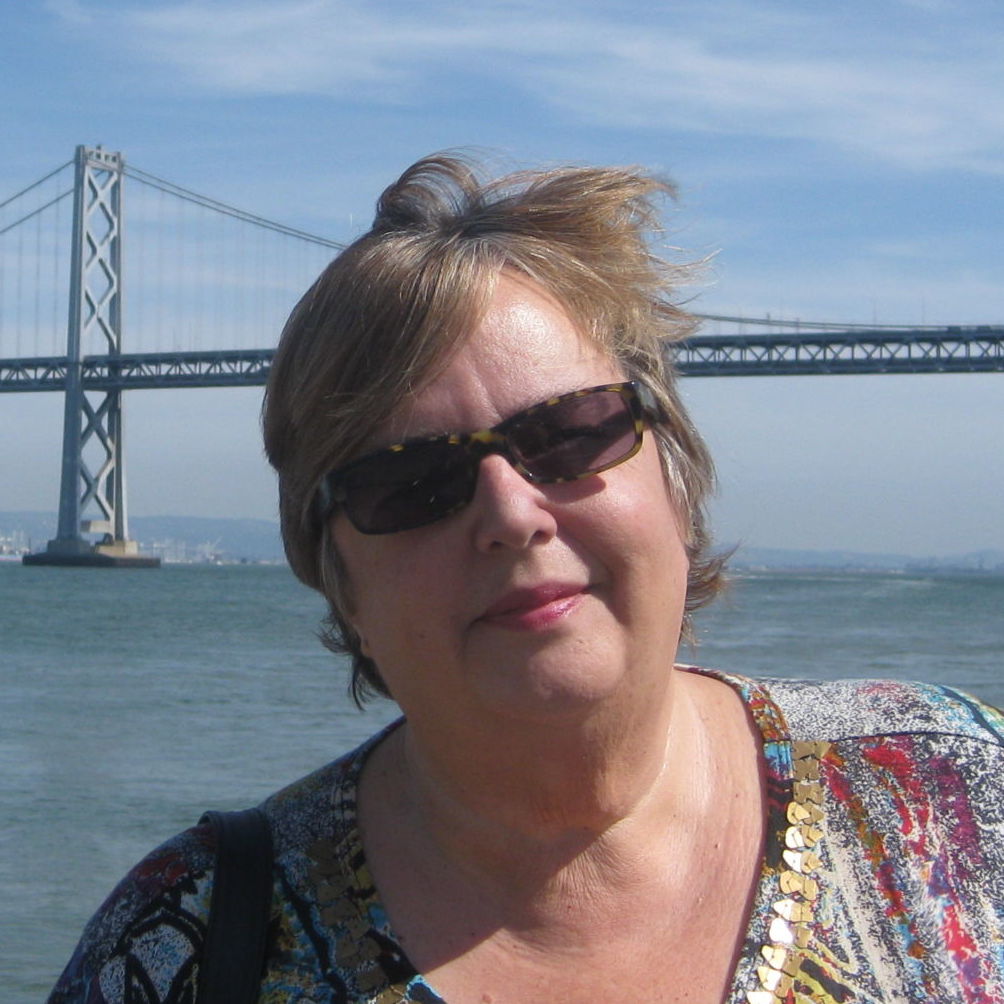With domestic attendance at U.S.-based meetings and trade shows expected to decline this year, some destinations and meeting facilities are ramping up efforts to ensure that overseas participation at meetings and trade shows continues to buck the trend.
For Pacific Rim locations such as Seattle, Hawaii, San Francisco and Los Angeles, looking to Asia and beyond stands to produce a bigger payoff than simply focusing on business closer to home.
While international business and leisure tourism has long been a strong marketing focus for the San Francisco CVB, which has 11 sales reps stationed around the world, the bureau was surprised to find that half of the 23,000 delegates at a recent American Society of Hematology convention hailed from overseas.
“Overall attendance was expected to be 18,000, so this was a huge increase over what we expected. International attendance has definitely gotten bigger for us in recent years,” says Deborah Reinow, vice president-tourism for the San Francisco CVB. “Planners, too, are understanding that this is where a lot of growth can come from.”
Noting that medical and high-tech meetings are particularly strong international growth areas, Reinow says that everything from currency exchange to the increasingly global nature of business and research is fueling the trend.
“And there’s a lot of room for growth still,” she says, adding that foreign visitors tend to enrich local coffers more than their domestic counterparts do. “This is a high-spending group. They tend to stay longer, often combining business with a vacation, and they pay higher rates.”
At LA Inc., the CVB for Los Angeles, Senior Vice President of Sales Michael Krouse says the past couple of years have been record breakers for international attendance at meetings.
“A lot of it has to do with the dollar. It’s simply been cheaper for people to come here than it’s been,” he says. “However, it’s also that the Internet has made the world a much smaller place. People are realizing the value of face-to-face contact, especially if you’re selling a product.”
Also seeing a growth spurt in international attendance is Seattle’s Bell Harbor Conference Center, which counts Microsoft, the University of Washington and the Port of Seattle among its frequent clients. A recent Microsoft conference at the center drew attendees from 93 countries.
“About 20 percent of our groups have an international contingent, and that has gone up over the last five years,” says Shelley Tomberg, vice president of sales and marketing for Columbia Hospitality, which operates Bell Harbor. “Our high-tech clients are especially globally focused. Despite the economy, technology is not slowing down. And the university is going full-speed ahead with global research on cancer and biotechnology.”
While the recession and air service cutbacks are hurting business and leisure tourism in Hawaii, the Hawaii Convention Center views international attendance at conventions as an important growth area.
“As people worry about domestic attendance, the international component becomes more significant,” says June Matsumoto, director of international sales and marketing for the Hawaii Convention Center. “We’re providing organizations with an opportunity to find different markets to draw from. It’s of great interest to our customers these days.”
Encouraging Growth
The Hawaii Convention Center, which launched a Global Outreach program in 2007 to assist associations with attracting and serving foreign delegates, is kicking those efforts into high gear in support of three large dental conventions on the books this year, including the American Dental Association in October.
Through Global Outreach, the convention center staff connects associations with sister associations and exhibitors overseas. It also creates customized “microsites,” or Web pages that are linked to the association’s home page, that feature information about a meeting, including housing and agendas. The microsites are translated into languages such as Mandarin, Japanese, Korean, Spanish and Portuguese.
“To translate everything is cost- prohibitive, but we can indentify the key points that get people interested in the meeting and answer basic questions about cost and logistics,” Matsumoto says.
She adds that the convention center works with each client to determine the anticipated demographics of the group, along with any special needs.
“We try to anticipate the cultural challenges and offer support,” she says. “For instance, we can arrange for a special registration or welcome area for groups from certain countries. Or double check that the badges have the names spelled correctly and are pre-printed, a point that is especially important to Asian countries.”
For LA Inc., a major step in growing international attendance has been the recent establishment of a bureau sales office in Beijing. The bureau also has offices in other locations.
“We’re the first U.S. bureau to have an official office in Beijing, and it enables us to assist organizations with marketing their convention or show to potential attendees and exhibitors there,” Krouse says. “China is a huge, emerging market, and we feel Los Angeles is perfectly positioned for it. We’re a major international gateway closer to Asia than Chicago or New York.”
Planner Support
According to Krouse, a growing number of planners are turning to the bureau for help in growing international attendance and in making the travel experience easier for delegates.
“As organizations cut back on staff, planners need more help from us,” he says. “Marketing internationally is a huge challenge for planners. They want guidance on working through the quirks of the system.”
Like the Hawaii Convention Center, LA Inc. produces customized Web pages for international delegates translated into a wide variety of languages. Other services range from welcome banners and directional signage at the airport to arranging for special interest tours and guiding visitors through the visa process.
Within the coming months, the San Francisco CVB also plans to add content pages to its main website translated into six languages. The bureau currently offers separate websites in Chinese and Japanese.
Although Bell Harbor Conference Center offers simultaneous translation booths and other sophisticated amenities for foreign attendees, Tomberg says one of the most important considerations for international guests has to do with dietary needs. She encourages planners to request any preferences the group might have.
“A lot of what makes people feel at home during the meeting has to do with the food, and accommodating preferences is not that hard,” she says. “We can even get them the kind of sodas or coffee that they drink in their home country. Or perhaps they need a certain kind of vegetarian or rice dish. It doesn’t necessary cost anymore. In most cases it just means finding a different supplier.”
Another important consideration for international meetings is to make sure that the facility has the technological capability to adequately serve the needs of the group, Tomberg adds.
“Planners really need to ask facilities about this because international attendees may have especially extensive needs for Internet access,” she says. “We’ve had situations where hundreds of people are trying to get on the Internet at the same time. So we have to make sure that we have the bandwidth to handle it.”






